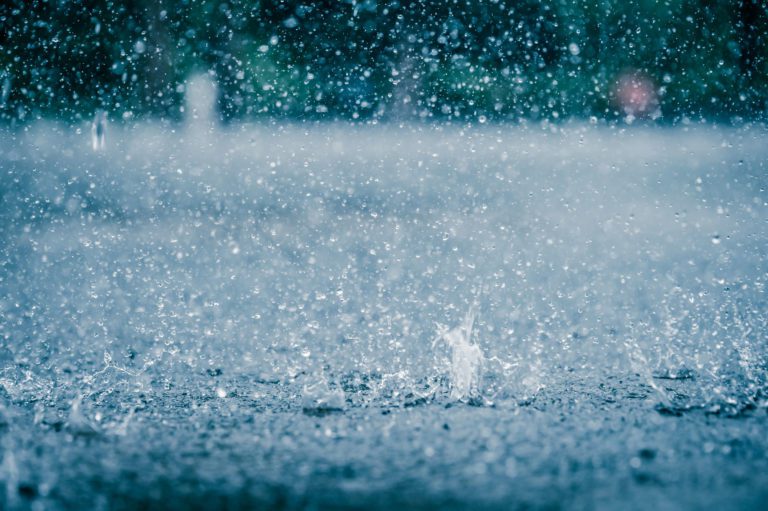In Australia, stormwater runoff is a critical issue that needs to be addressed in landscape design practices. Stormwater drainage collects and directs rainwater from roads, roofs, and other surfaces to prevent flooding and soil erosion. Effective stormwater management ensures a safe and sustainable environment for humans and wildlife.
Read on as we discuss the importance of stormwater drainage in landscape design in Australia.
The Need for Stormwater Drainage
Stormwater runoff is a natural process that occurs whenever it rains. However, with the increasing urbanisation and development in Australia, the natural drainage systems are being replaced with hard surfaces such as roads, buildings, and pavements. These surfaces do not allow rainwater to soak into the ground, and as a result, the water flows rapidly across the surface, causing flooding, erosion, and sedimentation. Stormwater runoff also carries pollutants such as oil, chemicals, and litter, which end up in waterways, causing harm to aquatic life and the ecosystem.
The Importance of Stormwater Drainage in Landscape Design
Effective stormwater management is essential in landscape design to prevent flooding, soil erosion, and water pollution. It involves designing and implementing drainage systems that collect and direct rainwater to appropriate locations, such as infiltration basins, detention ponds, and rain gardens. Stormwater drainage also involves the use of porous surfaces that allow rainwater to soak into the ground, reducing runoff.
Flood Prevention
Flooding is a major issue in Australia, especially in urban areas. It can cause significant damage to property, infrastructure, and the environment. Effective stormwater management in landscape design can help prevent flooding by collecting and directing rainwater to appropriate locations. For example, infiltration basins and detention ponds can temporarily store rainwater and release it slowly, reducing the risk of flooding downstream.
Reduction of Soil Erosion
Soil erosion is a natural process that occurs when rainwater washes away soil particles. However, soil erosion has become a significant issue with the increasing urbanisation and development in Australia. Effective stormwater management in landscape design can help prevent soil erosion by directing rainwater to appropriate locations, such as rain gardens and infiltration basins. These locations allow rainwater to soak into the ground, reducing runoff and erosion.
Improving Water Quality
Stormwater runoff carries pollutants such as oil, chemicals, and litter, which end up in waterways, causing harm to aquatic life and the ecosystem. Effective stormwater management in landscape design can help improve water quality by filtering pollutants and reducing runoff volume. For example, rain gardens and infiltration basins can filter pollutants from stormwater runoff before it enters waterways.
Enhancing Biodiversity
Effective stormwater management in landscape design can also enhance biodiversity by creating habitats for wildlife. For example, rain gardens and detention ponds can provide habitats for birds, insects, and other animals. These habitats can help increase biodiversity and create a more sustainable environment.
Conclusion
Now, we understand that stormwater drainage is a critical issue in landscape design in Australia. Effective stormwater management is essential in preventing flooding, reducing soil erosion, improving water quality, and enhancing biodiversity. Designing and implementing drainage systems that collect and direct rainwater to appropriate locations can help create a sustainable environment for humans and wildlife. Landscape designers must incorporate stormwater management practices in their designs to ensure a safe and sustainable environment for future generations.
Do you need efficient drainage systems for your home? Yeti Civil Products is here to offer tough products to protect your property no matter the weather or the water brings. Contact us today!

